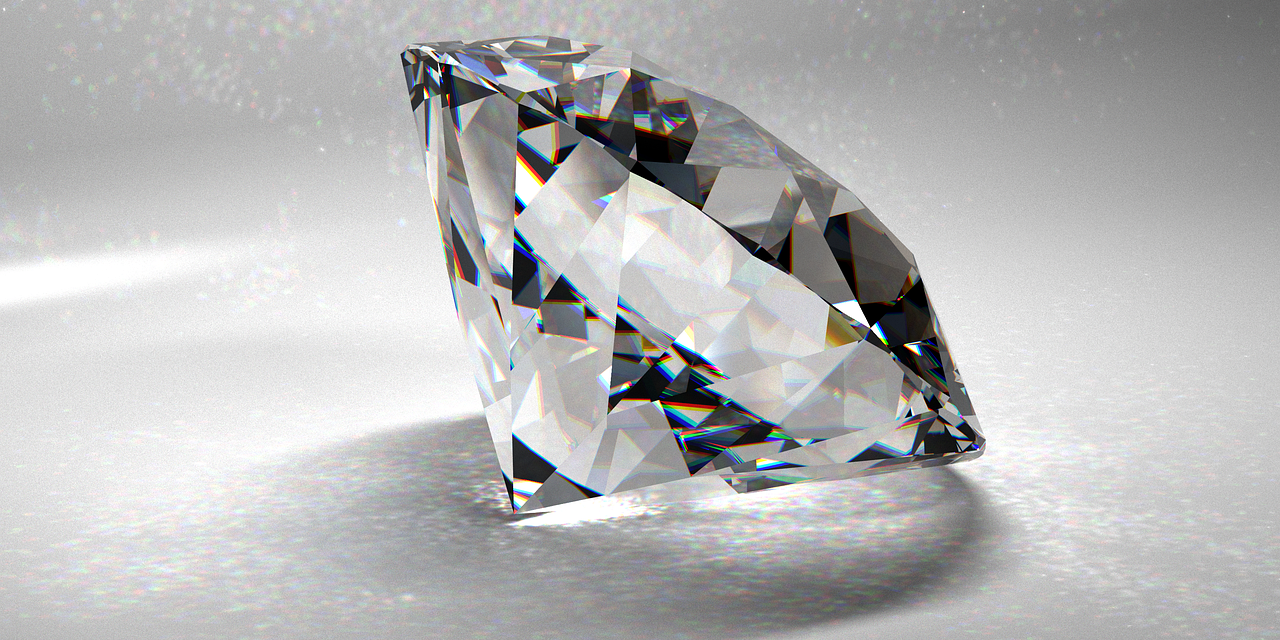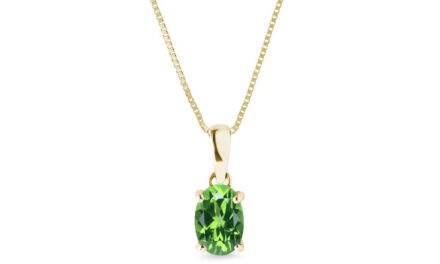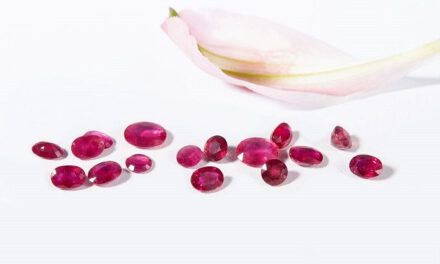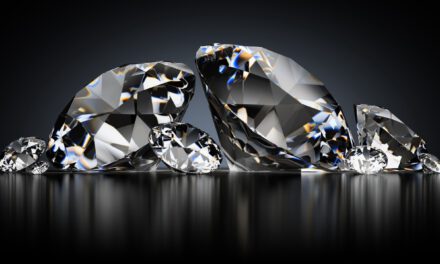1) Fluorescence of Diamonds
Diamond fluorescence is the glow that diamond radiates after being illuminated by the UV light. It is a natural phenomenon that is seen only under a UV lamp.
Approximately 25-35% of diamonds show some degree of fluorescence which is later evaluated.
The presence of fluorescence depends on the environment, the structure of the rock, temperature and the depth in which the diamond was created.
The fluorescence doesn’t change the appearance of the diamond if it’s not that strong.
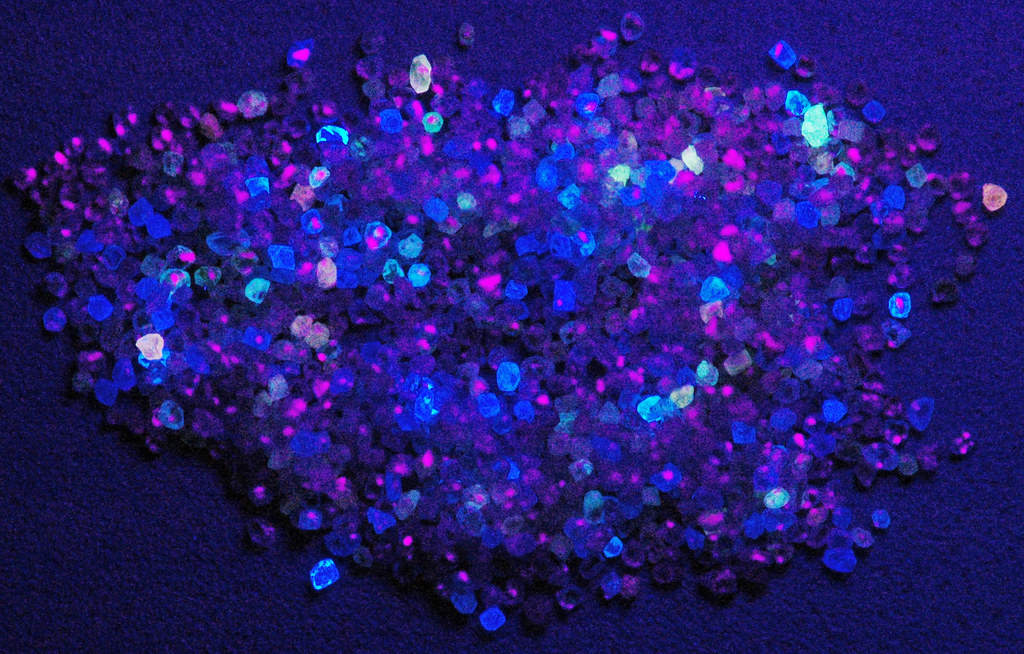
2) Pink: One Colour, Several Options
Some of the gemstones have their specific shade and the specialist can identify the type of the gemstone on the first sight.
Whether you choose Pink diamond, Sapphire, Rubellite, Tourmaline, Morganite or another pink gemstone, it is clear that you will love the pink colour.
Pink Diamond is the rarest diamond and its price depends on the size and on its shade, which varies from very light to dark with dark shade being more expensive.
On the other hand, Sapphire has a light pink colour. To see the difference between pink Sapphire and light red Ruby is sometimes a challenge because it’s the same type of mineral – corundum. The amount of chrome determinates its shade and name.
Tourmaline has a bold pink colour. The boldest type of Tourmaline is Rubellite which is a combination of pink and purple colour. For those who love light pink shades is a perfect choice gemstone called Morganite which has a gentle and sweet appearance.
3) Where does the name diamond come from and what did people believe diamonds were?
The name diamond comes from the Greek word “Adamas” meaning indestructible. This makes sense because diamonds are the hardest of natural substances and can be scratched only by another diamond.
The ancient Romans and Greeks believed that diamonds were tears cried by gods and Romans believed that Cupid’s arrowheads were covered in diamonds.
Almost every ancient culture believed that wearing a diamond would protect them and help them win a battle.
4) How is a diamond formed?
Diamonds are formed over billions of years under extreme heat and pressure and they are often brought to the Earth surface by volcanic eruptions.
5) What colours can natural diamonds have?
Not all diamonds are colourless. Natural diamonds come in variety of shades of pink, purple, red, green, orange, grey, black and blue. Colourless diamonds are perfectly pure and coloured diamonds contain impurities and small defects.
Canary diamonds, also known as Yellow diamonds are the most common and popular form of coloured diamonds. This diamond has gained massive popularity because of its beautiful appearance and because of the fact that its not so expensive.
6) Pink diamond price
Diamonds can be investment gemstones all along, but in this time when coloured diamonds are more and more popular and are very rare can coloured diamonds be better for investing.
Only one diamond in 10000 diamonds is naturally coloured and every diamond colour is completely different. That is the reason why it is not possible to overflow the market with these diamonds.
Bolt Pink diamonds are the rarest and the leading supplier of natural coloured diamonds is the mine named Argyle in Australia which is slowly running out of resources and is going to completely run out of diamonds at the end of 2020. Because of that, the price will significantly increase.
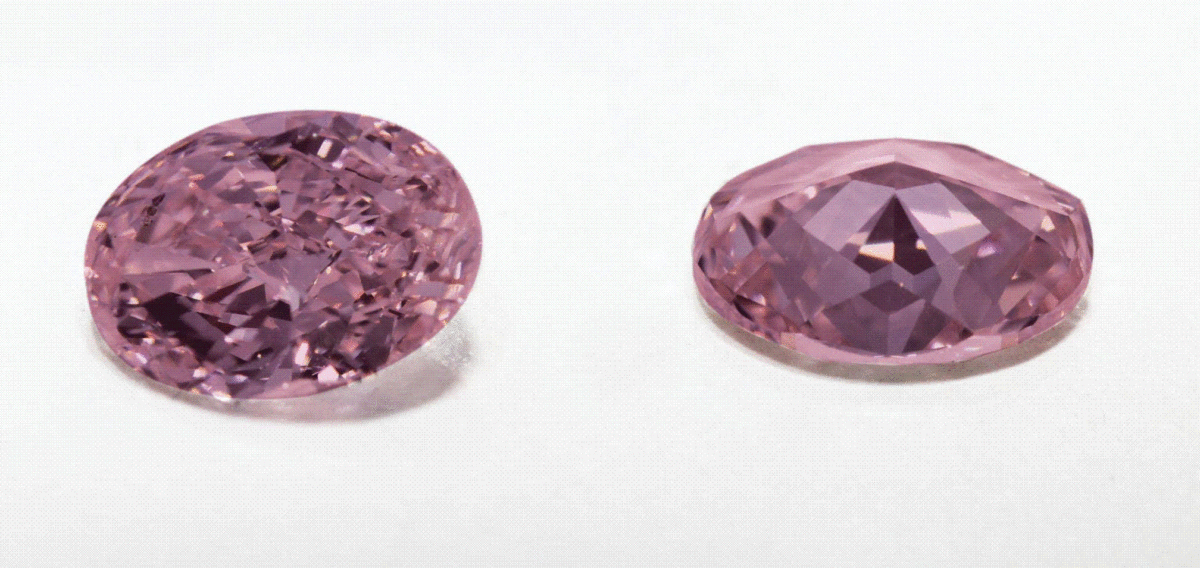
7) What does inclusion in Diamond mean?
Natural crystals are never perfect and the imperfections they have are called inclusions. Inclusions can have different size, appearance, colour, shape and other characteristics.
ThColour of some gemstones is caused by inclusions in minerals can be good:
- Colour of some gemstones is caused by inclusions.
- Lots of special optical phenomena are made by inclusions.
- Studying inclusions is one of the most effective methods to distinguish natural diamonds from synthetic diamonds.
- Some inclusions are characteristic for one specific gemstone and looking at the inclusions can help us identify the gemstone faster.
- Inclusions are also important to determine the geographical origin of the gemstone.
Analytical studies can give us information about temperature, depth of mining and much more. Inclusions are a necessary part of every gemstone and are a desirable object for every microscopical observation of many gemologists.
8) Two same diamonds but with different prices?
Some diamonds look the same but after more precise observation we can see their little differences. Basic aspect for defining the price is the shape, size, clarity and colour. Clarity means that the gem contains inclusions which are air bubbles or other minerals inside the gem and are used to identify the quality of the gemstone.
We can focus on the symmetry of the grind, overall status of the gemstone, parameters and presence of fluorescence. These all characteristics define the final price of the gemstone.
If the diamond is really small, then you only need to focus on size and quality.
9) What is the difference between Zircon and Cubic Zirconia?
Zircon is one of the oldest minerals on Earth. The first sample was found in Australia about 4.4 billion years ago.
Zircon is made by nature and Cubic Zirconia by a human.
Zircon is rarer and more expensive but both of them are shiny and glittery. Zircon can be blue, green, pink, purple, yellow or colourless. Zircon is rated 7.5 on the Mohs scale.
Cubic Zirconia has an appearance very similar to diamond, is used since the 1970s and is colourless and is rated 8.5 on the Mohs scale. One other thing that makes him different from a diamond is the fact that it is a heat insulator.
10) Rings with gemstones and their application in everyday life.
Most of the women don’t want to take off their ring even for a second but in some situations, for example, cleaning, moving or gardening, is taking your ring off better than risking damaging it or even losing it.
Gemstones with lower hardness (like Smaragd, Morganite or Quartz) tend to scratch and damage more which will affect its appearance. Cleaning and polishing it may help a bit but your gemstone will never look the same
11) Can a diamond be broken?
Diamond is one of the hardest minerals in the world but that doesn’t mean that it can’t be broken.
Diamond is prone to fission or to fracture along the cleavage line which is the area where the atoms aren’t connected together as tight as they should be. If something hits your diamond at the right degree of this line it will become damaged.

